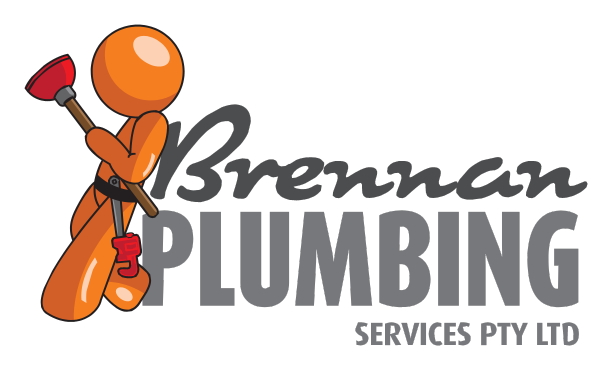The Australian Government lists solar water heaters that are eligible for STCs and are therefore eligible to receive a rebate based on the number of STCs.
An STC is a calculation of how much energy is expected to be saved over ten years when using a solar water heater compared to the electricity consumption of an equivalent electric water heater.
1 x STC is 1 x MWh of electricity saved over 10 years = 100 kWh saved in a year
Performance calculations take into account geographic location, solar radiation, the angle of the sun, the efficiency of the solar collector, tank heat loss, cold water temperatures, the quantity of hot water used and hot water usage patterns.
Solar savings between different models and brands can easily be compared – the higher the number of STCs, the higher the energy savings. To accurately compare systems, select the same tank size, number of solar collectors and booster type.
